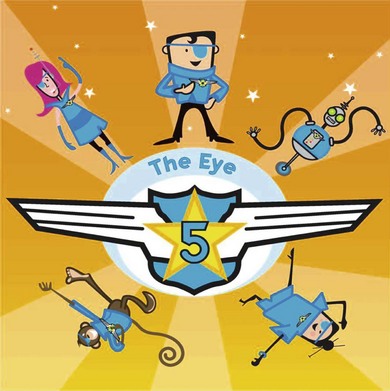Chapter 120 I just cannot keep the patch on!
The critical period for development emphasizes the importance of early diagnosis and treatment of amblyopia to produce better results. Treatment of amblyopia after 8 or 9 years of age is unlikely to be successful. The earlier treatment is started the better results will be, and it will be achieved with less patching than when the patient is older. Therefore, we ask parents to patch the better eye in toddlers and small children. We know patching is difficult, even unpleasant, for the child and the parent because it is a new sensation for a young child, being made to wear a sticky patch and forced to use the eye with poor vision. Yet, most children get used to the patch quickly, particularly once the difference between the amblyopic eye and the better eye is lessened and the vision improves. The major improvement in vision occurs within the first 6 weeks of patching – so this very difficult period is short-lived. Improving compliance with patching must involve detailed information to the parent or carer about the need for the patch: the reason why patching must be carried out whilst the child is young and as many tips as possible for helping them to get the child to wear the patch. We also need to admit just how difficult it may be! It is important, when possible, to convey this information to the child and include the child in decisions about the treatment. Patching is easier if everyone, the child, parent and professional, are working together. It is vital that the parents know the reason for patching, i.e. to improve the visual acuity in the amblyopic eye and not to improve the appearance of the squint. Many parents will give up if they cannot see an immediate change in the cosmetic appearance. Regular reviews in the clinic to monitor progress is a great encouragement to both patient and parent. This support from the clinician is vital to successful patching. ”Patch clubs” where children who are having difficulty complying with their treatment are invited to fun, supervised, activities whilst wearing their patches may help. Websites encouraging children to wear a patch whilst playing games are also helpful (e.g. http://www.eyesite.nhs.uk; Fig. 120.1).




